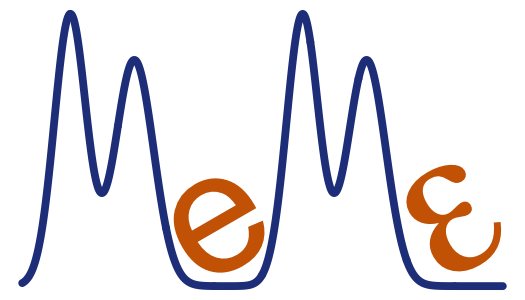Last Friday I gave a talk on marine biodiversity as part of Researchers’ Night here in Sheffield. The whole evening was a wonderful exercise in public engagement which saw around 1000 people (many of them kids) in my department alone participate in various activities, and my talk seemed to go down pretty well. (What’s that? Oh, OK then, here’s a podcast Apologies for poor sound…) Anyhow, one of the things I wanted to convey in my talk was the enormity of the world’s oceans. Something I admit I find it difficult myself to get my head around. So I was happy to see a new paper from Mike Dawson in Frontiers of Biogeography which puts some numbers on things.
First of all, there’s the figure that many of us learn at school, that, based on surface area, the oceans cover around 70% of the Earth. Which led to Arthur C. Clarke’s famous observation, "How inappropriate to call this planet Earth when it is quite clearly Ocean."
But of course, area is only half the story. Actually, considerably less than that, because life exists in 3D, so the key figure is ‘habitable volume’. And there’s a hell of a lot of that in the sea. Of course, the terrestrial environment is not exactly flat either, and Dawson discusses both aerial and underground environments, and his decision to limit the vertical distribution of life on land to between the surface soil and the vegetation canopy.
So, what did he find?
The estimated total habitable volume available to freshwater organisms is 272,605 km3. The total habitable volume available to terrestrial organ‐ isms is about 2,025,315 km3. The total habitable volume available to marine organisms is approxi‐ mately 1,367,000,000 km3
Now, those numbers by themselves are hard to interpret. But in terms of proportions, we get 99.83% marine, 0.15% terrestrial and 0.02% freshwater. So for every 5ml teaspoon of freshwater habitat in the world, there is 37.5ml (about 2 ½ tablespoons) of terrestrial habitat, and 25 litres of seawater (25 LITRES, note – the size of a large camping water container).
Look at those numbers again: 1 teaspoon : 2 ½ tablespoons : 25l water carrier.
Truly, we are on Planet Ocean.
Dawson goes on to discuss differences in primary productivies (around 1000x higher in freshwater than in the sea) and per-unit comparisons of species diversity. For instance, there’s a similar number of fish species in the sea and in freshwater, but 5000 more per unit volume in freshwater. And in general, species densities (numbers of species per unit volume) are somewehre in the region of 1,000-10,000-fold lower in the sea than in non-marine habitats.
He discusses some potential mechanisms for these observed diversity differences, but the main point I think is that breaking down the problem beyond simply ‘marine vs. terrestrial’ is the way to proceed. I’m absolutely in agreement on that point.
